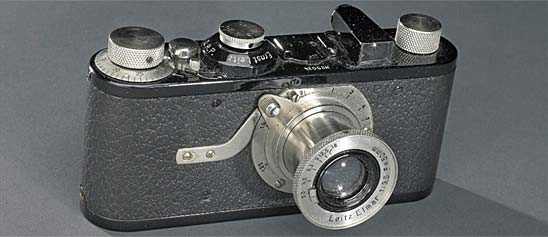
The millions of photographs in the Museum's collections compose a vast mosaic of the nation's history. Photographs accompany most artifact collections. Thousands of images document engineering projects, for example, and more record the steel, petroleum, and railroad industries.
Some 150,000 images capture the history, art, and science of photography. Nineteenth-century photography, from its initial development by W. H. F. Talbot and Louis Daguerre, is especially well represented and includes cased images, paper photographs, and apparatus. Glass stereographs and news-service negatives by the Underwood & Underwood firm document life in America between the 1890s and the 1930s. The history of amateur photography and photojournalism are preserved here, along with the work of 20th-century masters such as Richard Avedon and Edward Weston. Thousands of cameras and other equipment represent the technical and business side of the field.
Our collection database is a work in progress. We may update this record based on further research and review. Learn more about our approach to sharing our collection online.
If you would like to know how you can use content on this page, see the Smithsonian's Terms of Use. If you need to request an image for publication or other use, please visit Rights and Reproductions.